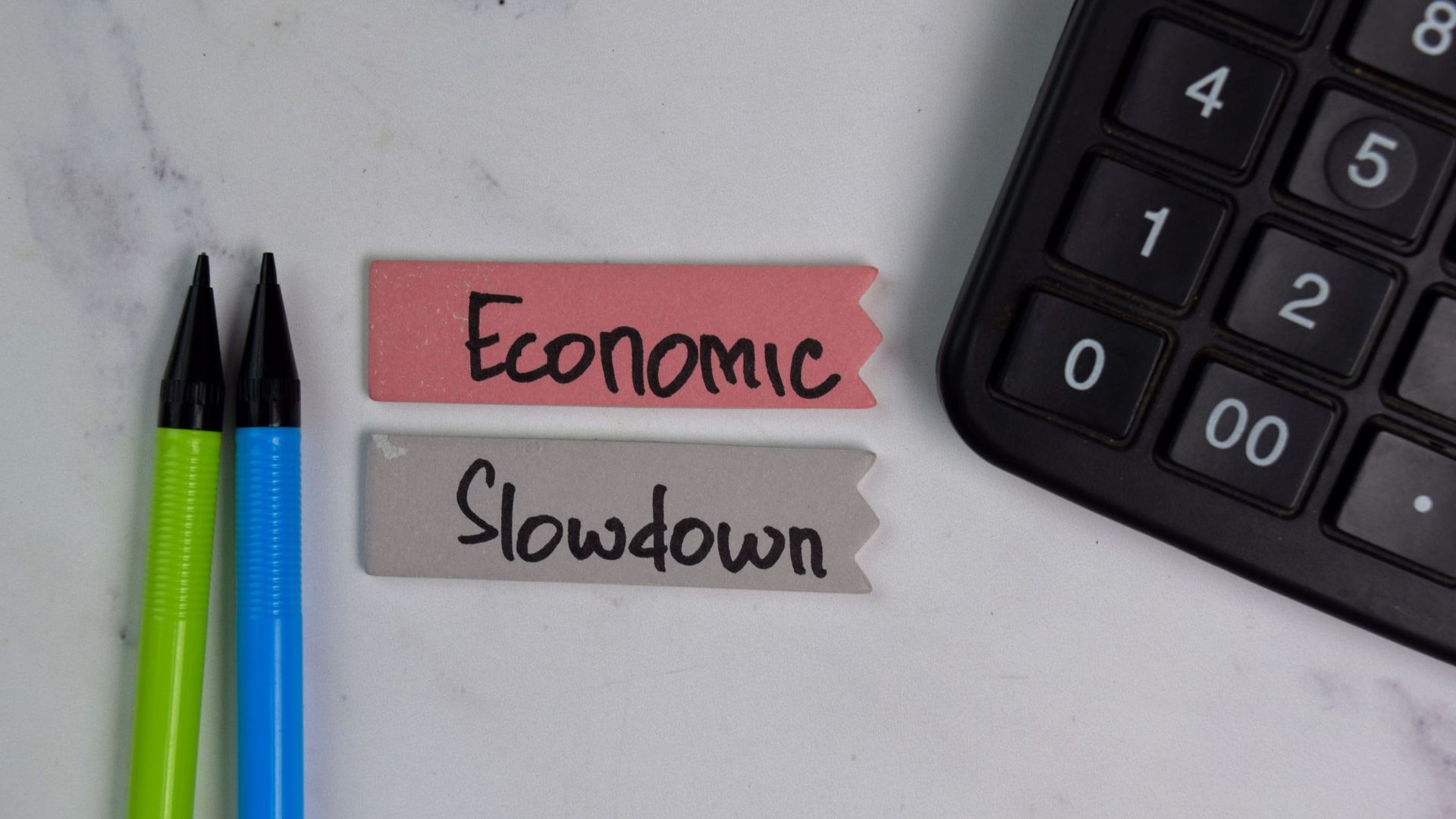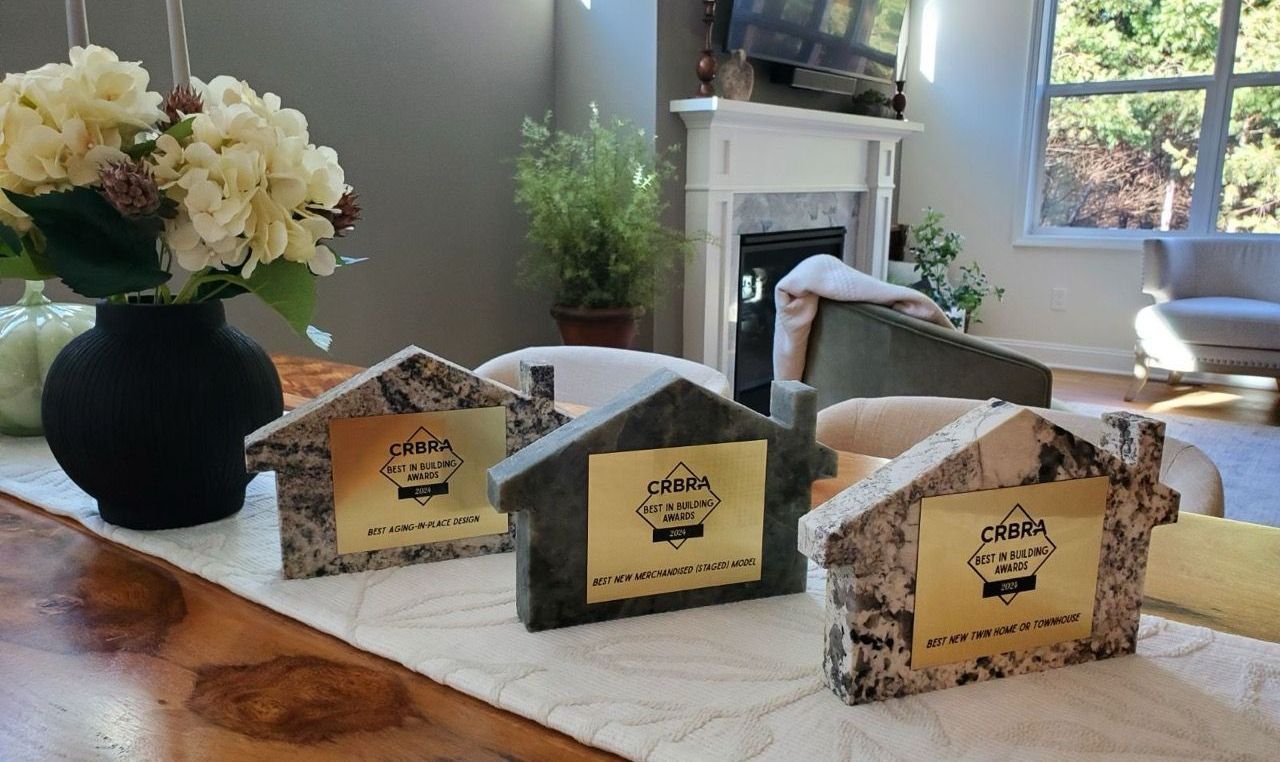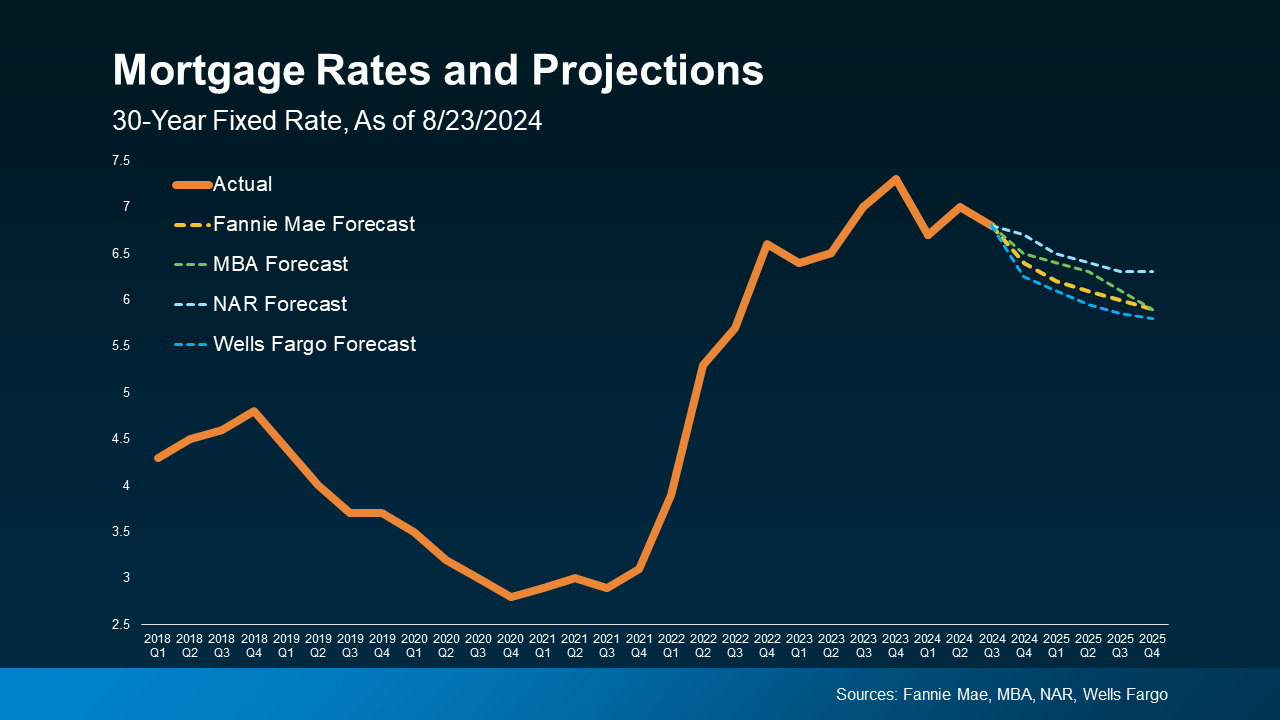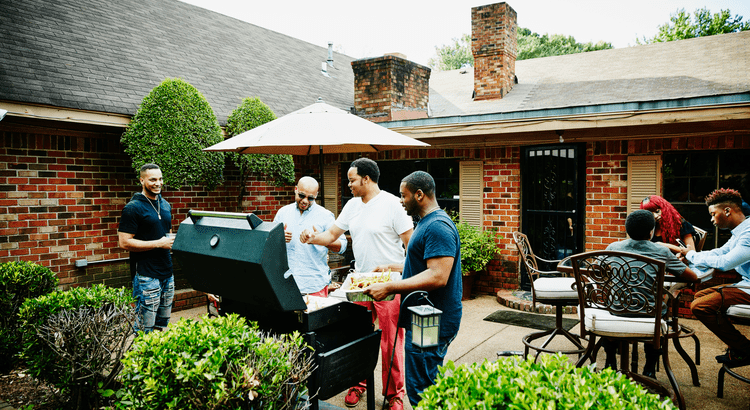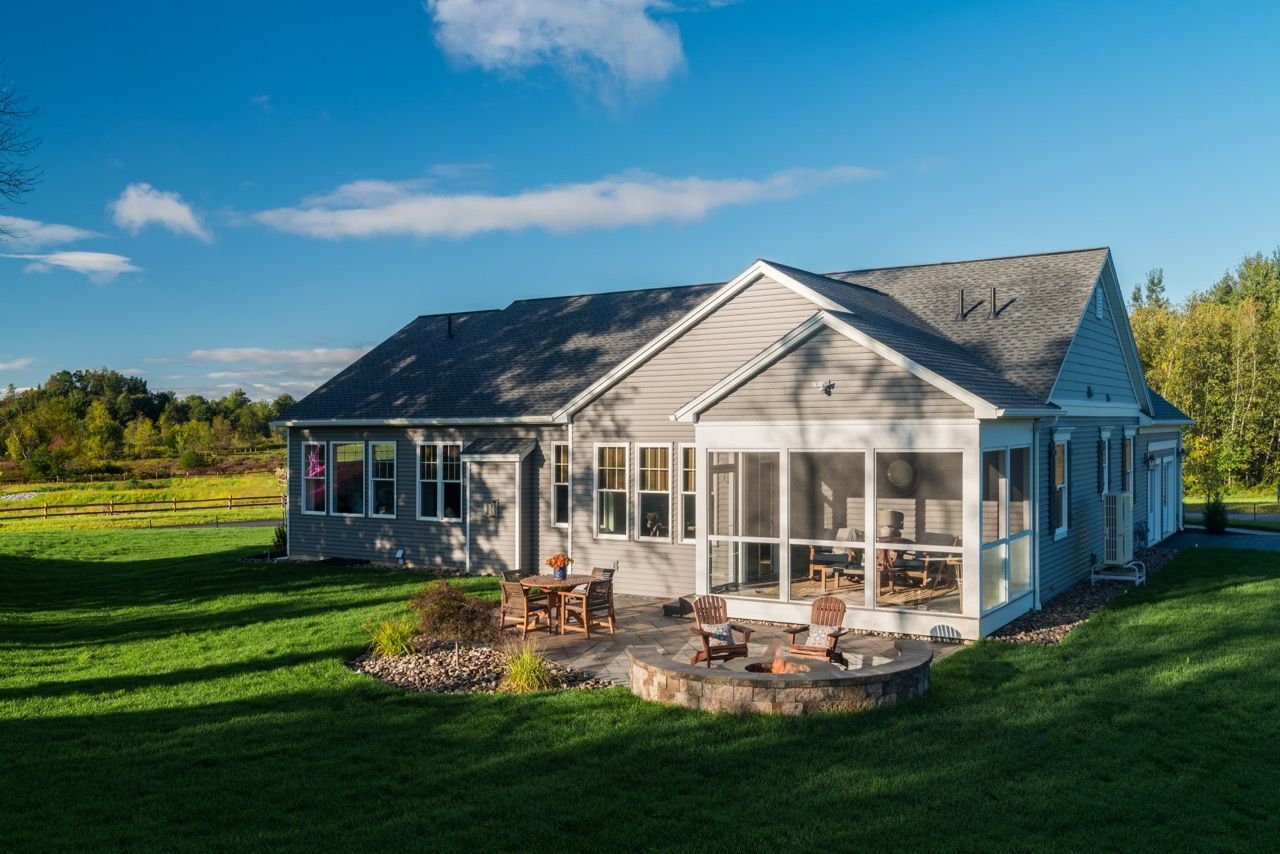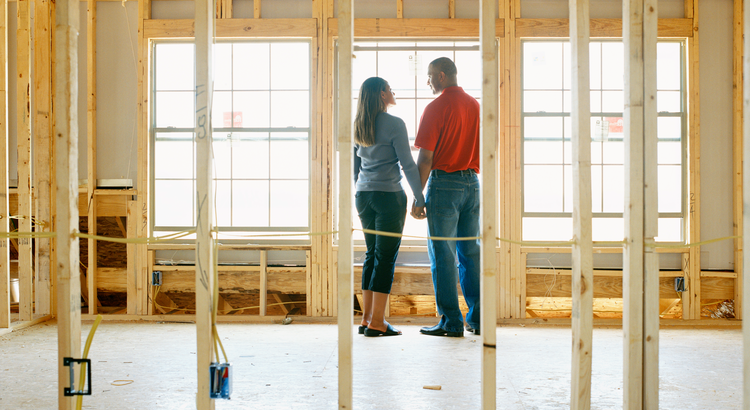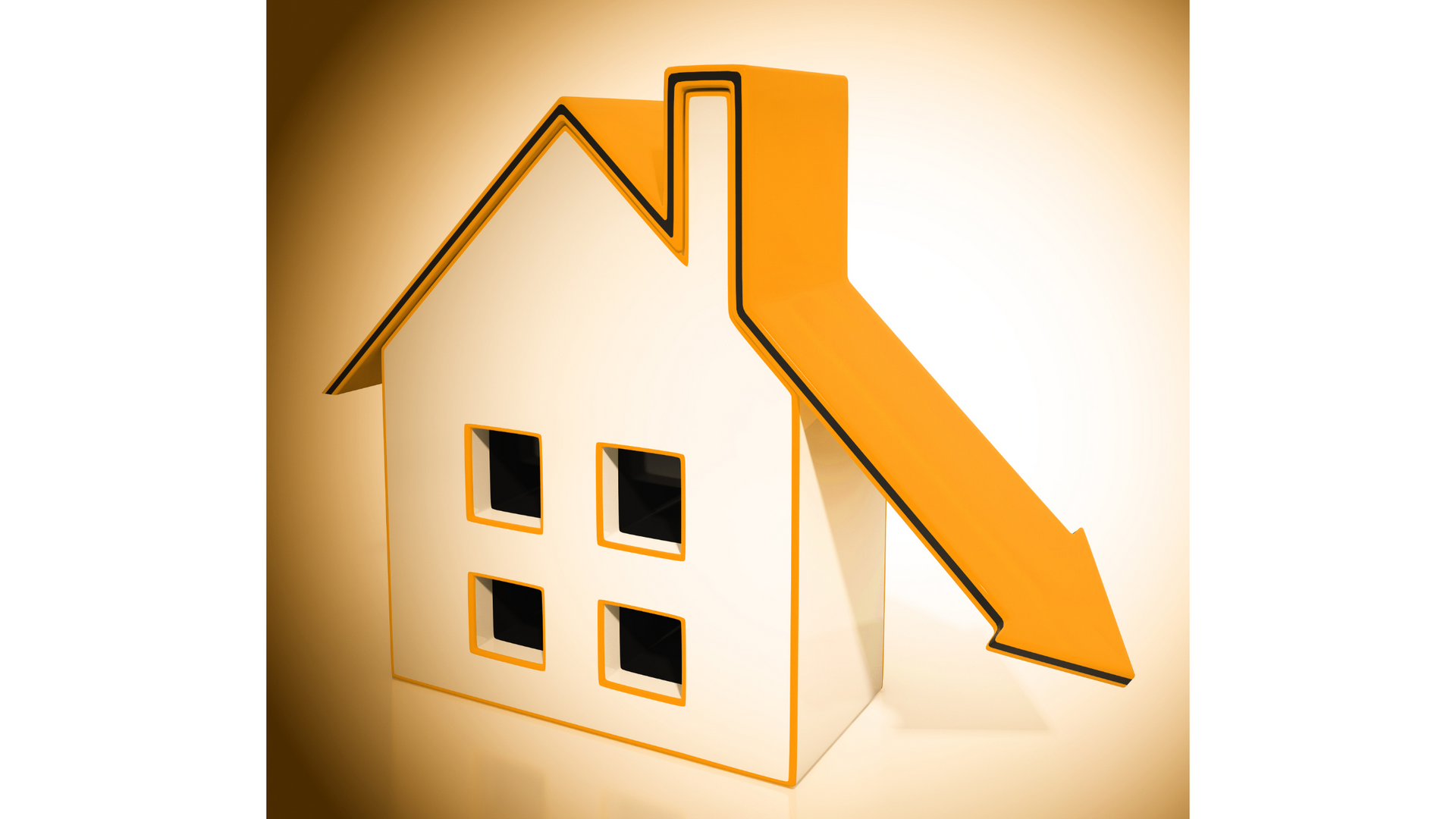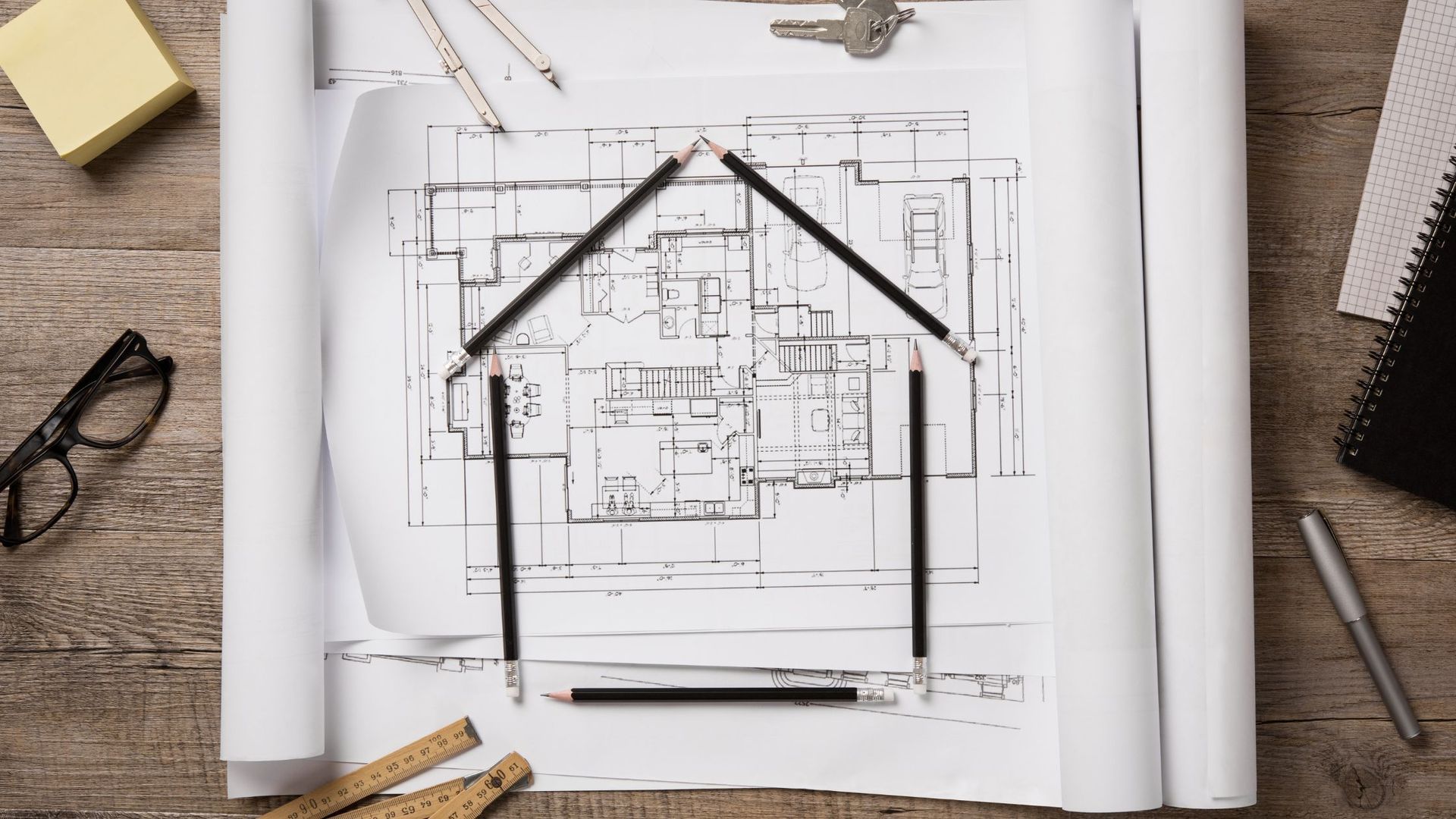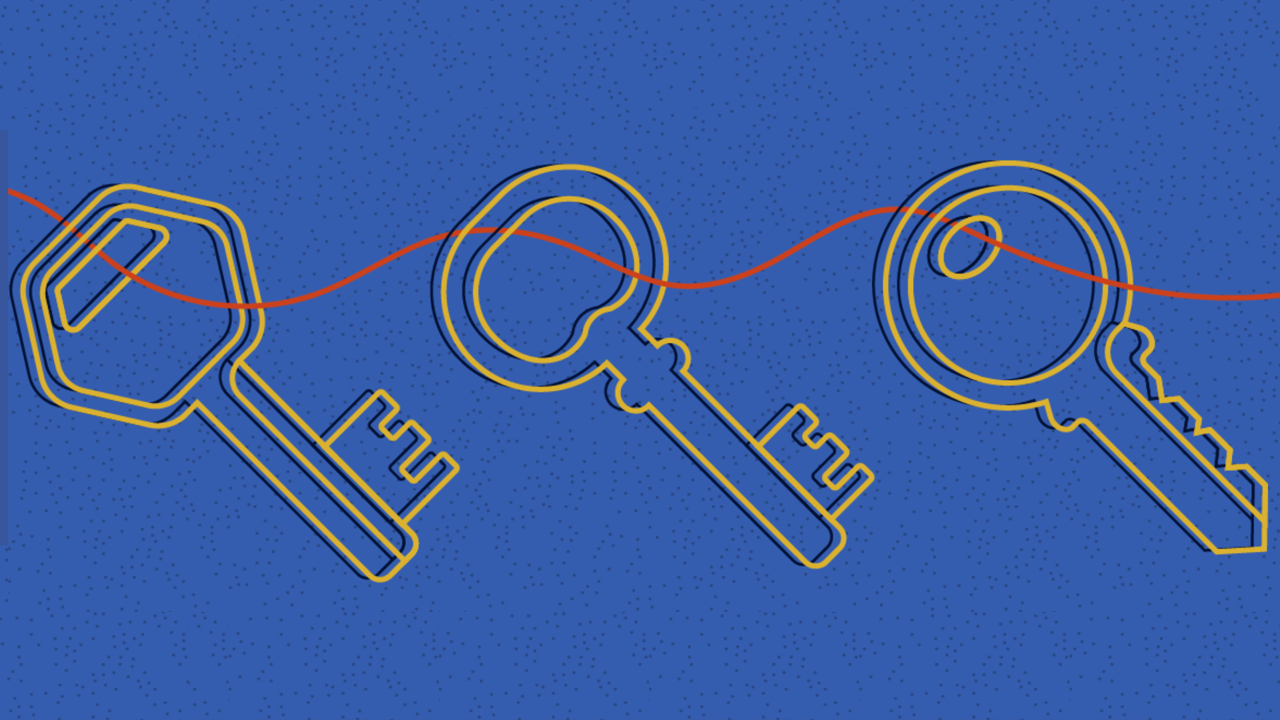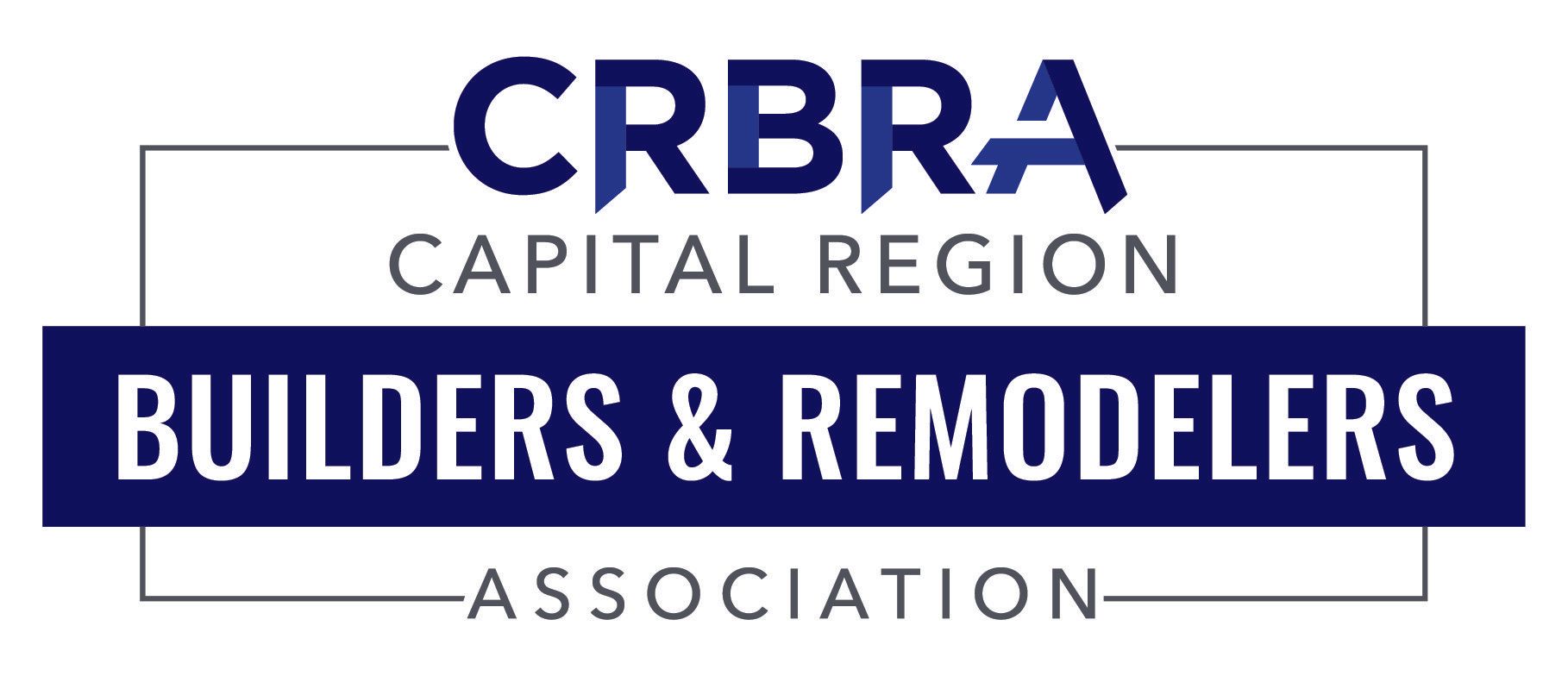Selecting Your Home Site
Selecting your home site is one of the most important parts of your new home building process. Answering the question, “How do I choose my home site?” is often difficult to answer; there are many variables that can influence a customer’s home site selection. Many underestimate how many factors influence this selection process, yet it is one of the most important considerations when building a home. Here are a few variables and tips on selecting your home site:
- Size of the home site
- Solar direction
- Position in the neighborhood in relationship to its surroundings
- Unique features a home may have due to the natural site features
1. The size of a lot is most likely the one variable that is the most obvious to consider when thinking about home site selection. In some cases, the mindset is “I want the biggest lot in the community” in other cases, the size of the home will dictate the size of the home site. Although not always known by home buyers, the house you build (it’s footprint) will dictate the minimum size of the home site. This isn’t always the way home buyers process their thoughts about site selection, however. Most often, if size is the determining factor, the buyer goes with the largest site.
2. Another factor that is considered for home site selection is the solar direction. Obviously every site in a neighborhood will not have morning sun, afternoon shade. For the home owners who are gardeners, solar direction is especially important. Plants and trees are installed based on the solar direction and the amount and intensity of sunlight the areas get. Some home owners place the priority on a site which faces a direction that will help shield their lawn from the scorching sun. In addition to landscaping affects of the home site, there are also spiritual reasons for selecting a site based on its direction in relation to the sun. For these customers, the selection of the home site is limited only to sites which face a certain direction.
3. Third on the list of variables is the position of the site in relation to the neighborhood. The first example is a home located in a cul-de-sac. This is a desirable placement of a home for a few reasons. The natural engineering of the cul-de-sac also lends it to having privacy. In many cases, privacy is equated to quality in regard to home sites and placement. Most home owners’ desire privacy, but that often comes with a price, whether in new home construction or existing home sales. Face it, no one wants to hear their neighbors’ conversations, or see them in their robes at they fetch the Sunday paper, but privacy is important enough for some home buyers that they budget in the privacy factor when planning to buy a home. A couple of privacy features that will be discussed are: cul-de-sacs and forever wild.
i) A home located in a cul-de-sac is one that will get less traffic. Naturally, travel through a cul-de-sac is reduced simply because the design of it. A cul-de-sac has no outlet; it can be a street that ends, or a lollipop shape roadway. This would mean that the traffic that travels the cul-de-sac is limited to that of the homeowner and visitors with secondary traffic by service vehicles, delivery or emergency vehicles (the latter being far less frequent than the others). For these reasons, a cul-de-sac is naturally safe (traffic is forced to slow down) and quiet (having less traffic).
ii) Another ideal home site location is one which has a back yard that abuts “forever wild” space. As the term implies, forever wild land is land that is dedicated as protected area. That is, it is never going to be developed. The Department of Environmental Conservation allocates certain regions to be deemed protected. This ensures that (amidst development) green space remains, eco-systems thrive and wet lands stay intact. The intent is to preserve some natural space as forever wild. What this ensures the home buyer is that they will never have a neighbor immediately behind them. For many, this concept is their utmost priority when selecting a home site. The idea of having a rear yard boundary with acreage of trees is well worth the higher differential.
4. Another variable that influences the selection of home sites are the features that a home may have due to the influence from physical attributes of the site (for example, the grade of the site). Two examples of such features are: Walk-out basement and a Garden level basement. The pros versus cons of each can be weighed by the home owner. Each home buyer has their own reasons for preferring one over the other.
There are so many factors to contemplate before selecting your home site and there really is no right or wrong way to choose one. This is part of the home building process that needs to be considered, but some future home owners never really thought of! To help manage this potentially overwhelming process, it’s best to make a list of what you need to be satisfied with your home site. It is also helpful if you walk some of the sites on your list of possible home sites to get a better “feel” for the site in real life. Bring your camera phone and take photos so you can mull it over later, long after the walks are completed. In addition, drive about the neighborhood at different times of the day. This will give you an idea of how traffic flows through the community or how quiet it is. Whatever home site you end up selecting, be sure it meets your top-most criteria from your list.
Share
